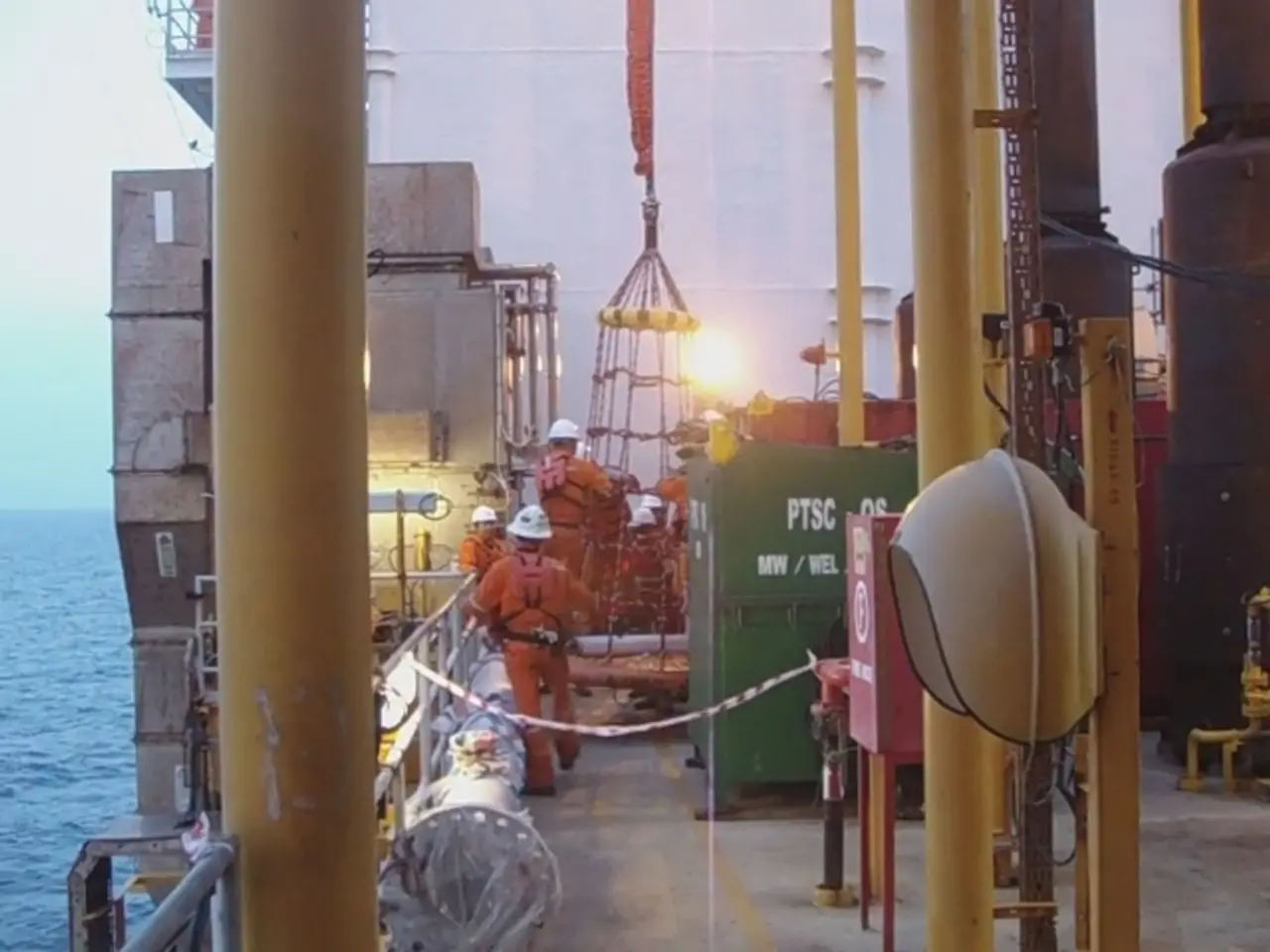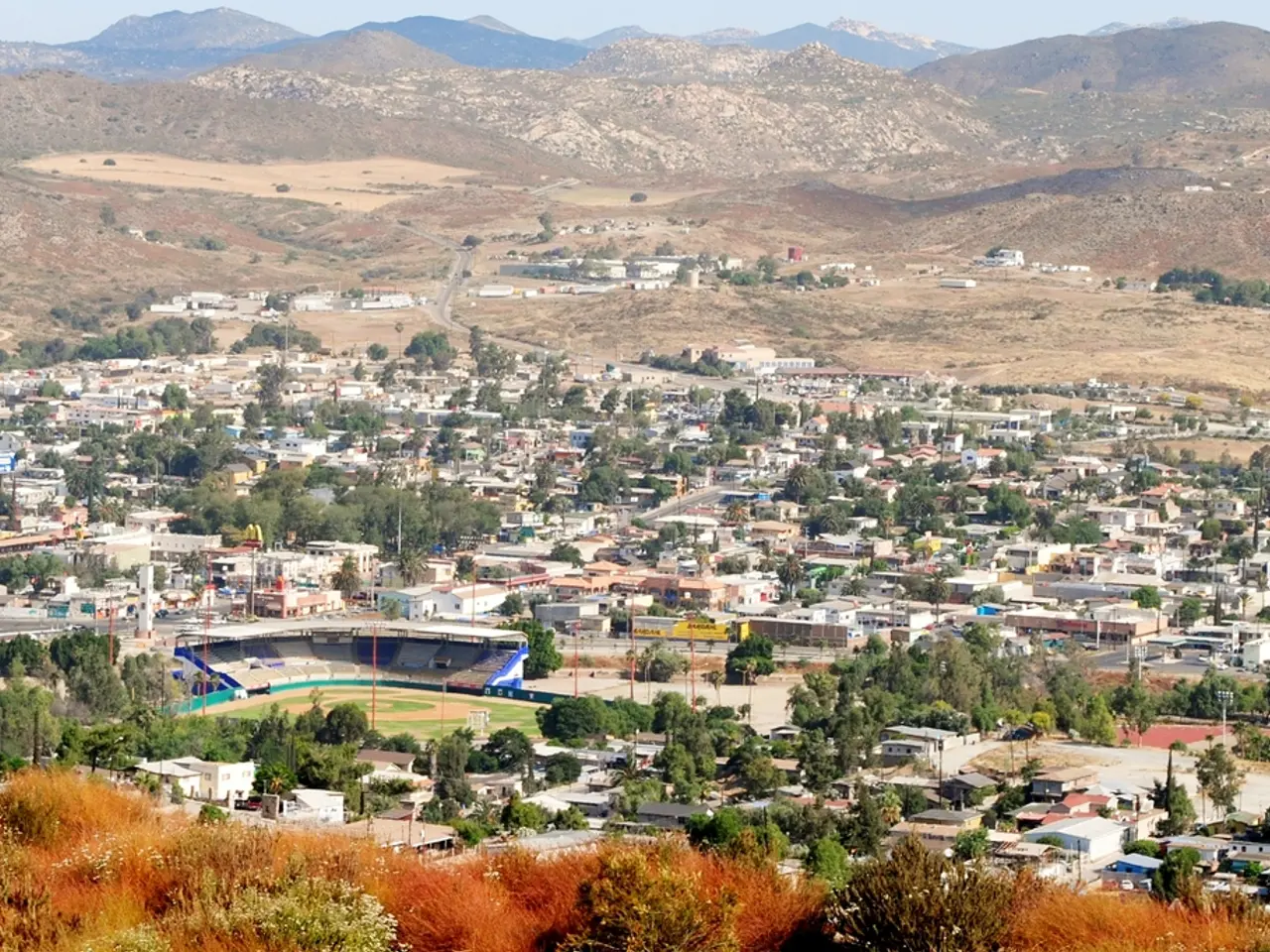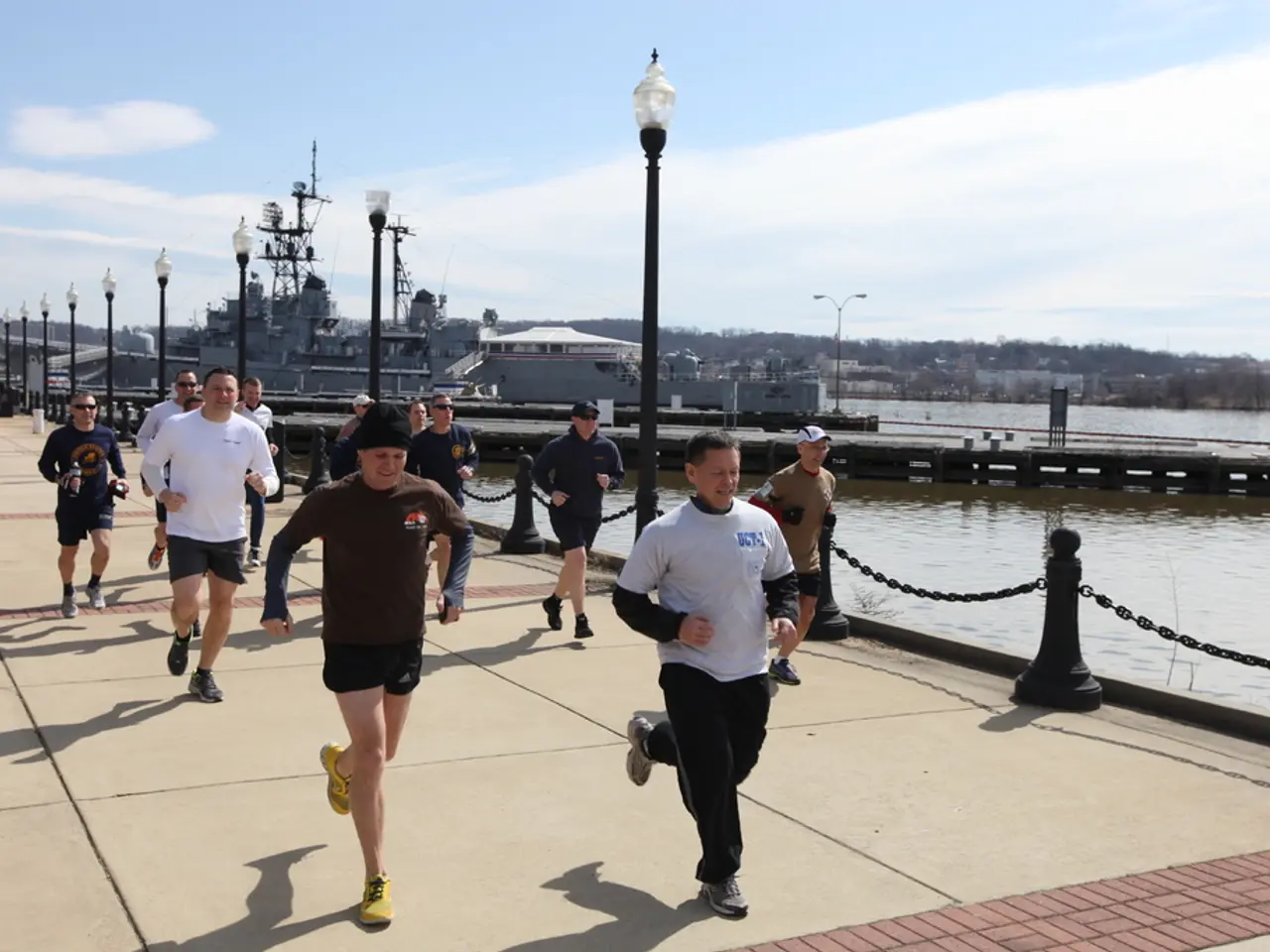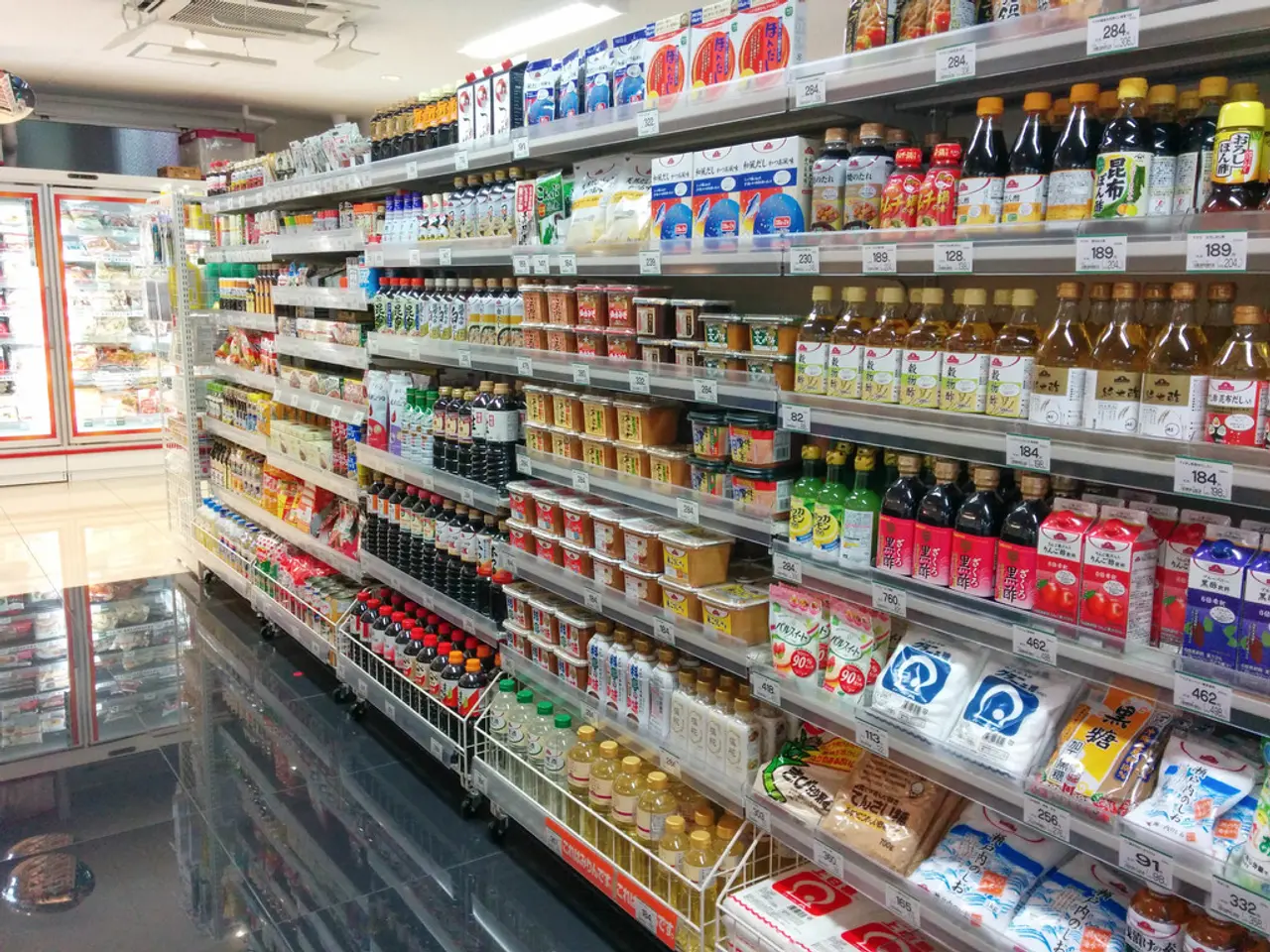Who assumes accountability when a ship sustains damage
The Directorate General (DG) of Shipping's Safety Management Report 2024 has raised concerns about a steady rise in serious marine casualties within India's Exclusive Economic Zone (EEZ). In response, key reforms are being proposed to modernize and strengthen India's maritime safety, liability, and pollution response architecture.
Modernizing Legal Frameworks
India is progressing with modern legislation such as the Bills of Lading, 2025 bill, which aims to replace the outdated 1856 Act. This modernisation is crucial to aligning India’s maritime laws with international standards, providing a clearer, more modern legal environment for cargo handling and shipping documentation.
Strict Regulatory and Compliance Enforcement
Strengthening adherence to international conventions such as the SOLAS (Safety of Life at Sea) and MARPOL (Marine Pollution) conventions is vital. This involves tighter monitoring of vessels operating in Indian waters under the Merchant Shipping Act and ensuring rigorous cargo disclosure and safety protocols are followed to prevent disasters.
Environmental Risk Mapping and Zoning
Identifying and protecting ecologically sensitive zones like coastal regulation zones (CRZ) and mangroves by restricting hazardous cargo transit near such areas is essential to mitigate environmental damage in case of accidents.
Advanced Surveillance and Early Warning Systems
Use of coastal radars, drones, satellites (e.g., ISRO's RISAT), and mandatory Automatic Identification Systems (AIS) on vessels for real-time tracking and early detection of potential maritime disasters is crucial to ensure prompt response.
Polluter Pays Principle and Liability Reforms
Implementing clear liability rules that hold ship owners accountable for pollution and damages based on Indian and international laws is essential. Legislative reforms should also tackle pollution response mechanisms more robustly to enable quicker containment and compensation.
Dispute Resolution Mechanisms
Encouraging maritime negotiation, arbitration, and out-of-court settlements to resolve disputes swiftly, avoiding prolonged litigation that can delay safety and environmental remediation efforts, is crucial.
Capacity Building and Training
Enhancing the skills and awareness of port authorities, maritime officials, and local stakeholders such as fishermen for better disaster preparedness and response is vital.
These reforms are set within broader initiatives such as the Maritime Amrit Kaal Vision 2047, aimed at transforming India into a global maritime hub through investment in infrastructure, shipbuilding, and financial mechanisms.
Recent maritime incidents such as the MV Wan Hai 503 and MSC Elsa 3 have underscored the urgent need for modernized legal frameworks, stricter safety enforcement, technological surveillance, environmental protections, and clear liability regimes to strengthen maritime safety, liability, and pollution response in India.
India's salvage capacity is currently limited, with only three ocean-going salvage tugs under the Indian flag. Approximately 95% of India's merchandise trade by volume moves by sea, and coastal shipping is projected to treble by 2030 under the Maritime India Vision 2030.
Calcium carbide (MSC Elsa 3) and explosives (Wan Hai 503) are classified as Class 4.3 and Class 1, respectively, under the International Maritime Dangerous Goods (IMDG) Code, requiring segregated holds and temperature monitoring, reportedly violated in both cases.
Sagarmala and Gati Shakti logistics corridors include ₹ 2,600 cr for Vessel Traffic Management & Information Systems (VTMIS) coverage by 2027. The Blue Economy Policy Draft 2021 targets a "zero-spill coastal cluster" and an indigenous salvage industry by 2030.
The Merchant Shipping Act 1958, along with the Merchant Shipping (Wrecks and Salvage) Rules 1974, is being overhauled by the Merchant Shipping Bill 2024, which embeds Nairobi-style compulsory wreck-removal insurance and higher penalties.
The DG Shipping can issue detention orders for sub-standard foreign vessels under MARPOL, SOLAS, and regional MoUs, as India is a coastal State. India has acceded to the Nairobi International Convention on the Removal of Wrecks (2007) in 2019.
India has not ratified the 2010 HNS Convention or the 2004 Ballast Water Convention, externalizing claims and invasive-species costs. The Flag of Convenience (FOC) complicates enforcement, as Liberia and the Marshall Islands host 33% of world tonnage yet offer lighter regulation.
The National Oil Spill Disaster Contingency Plan and the National Marine Oil Spill & Chemical Emergency Response Exercise "Sagar Aaraksha" series are in place. The European Maritime Safety Agency (EMSA) uses CleanSeaNet satellite oil-spill detection to provide 10-minute alerts to littoral States, demonstrating the value of regional agency pooling of technical resources.
However, India's maritime incident response is fragmented, with DG Shipping (MoPSW), Coast Guard (MoD) and MOES institutes running parallel databases and no single incident command.
Barely a fortnight earlier, on 25 May 2025, the Liberian-flagged MSC Elsa 3 capsized and sank 13 NM southwest of Kochi with hazardous calcium-carbide cargo. On 9 June 2025, the Singapore-flagged container vessel MV Wan Hai 503 caught fire 80 km off Kerala, carrying over 2,000 tons of fuel and 1,015 containers, including 157 classified as "dangerous". These incidents have highlighted recurring gaps in India's maritime safety, liability, and pollution response architecture.
- The modernization of legal frameworks is essential for India, as demonstrated by the proposed Bills of Lading, 2025, which aims to replace the outdated 1856 Act, aligning India’s maritime laws with international standards and creating a clearer, more modern legal environment for cargo handling and shipping documentation.
- In considering environmental protection, it's crucial to identify and protect ecologically sensitive zones like coastal regulation zones (CRZ) and mangroves by restricting hazardous cargo transit near such areas, thereby mitigating environmental damage in case of accidents.
- To ensure swift and effective dispute resolution, maritime negotiation, arbitration, and out-of-court settlements should be encouraged, as they can prevent prolonged litigation that may delay safety and environmental remediation efforts.




